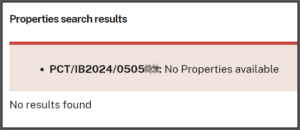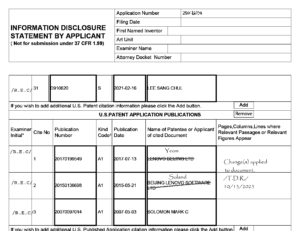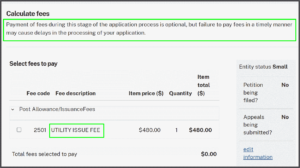Here is a subtle mistake that the USPTO made recently. The USPTO made it so that if a USPTO customer were to try to use Assignment Center using an IPv4 address, Assignment Center would work. But if instead the USPTO customer were to try to use Assignment Center using an IPv6 address (Wikipedia article), Assignment Center would fail to load. I reported this on May 7, 2024 in a posting to the Patent Practice listserv. You can see the listserv posting here.
Now on May 13, I see that the USPTO corrected its mistake. It is now possible to make use of Assignment Center even if you are using an IPv6 address.
I think what almost certainly happened is, one of the USPTO lurkers on the Patent Practice listserv saw the May 7 posting about the defect, and forwarded the posting to one of the Assignment Center developers, and eventually they corrected the defect.





 Those who entered the US patent community only recently (within, say, the past decade) could be forgiven for being unaware of something called an “interference proceeding”.
Those who entered the US patent community only recently (within, say, the past decade) could be forgiven for being unaware of something called an “interference proceeding”. 